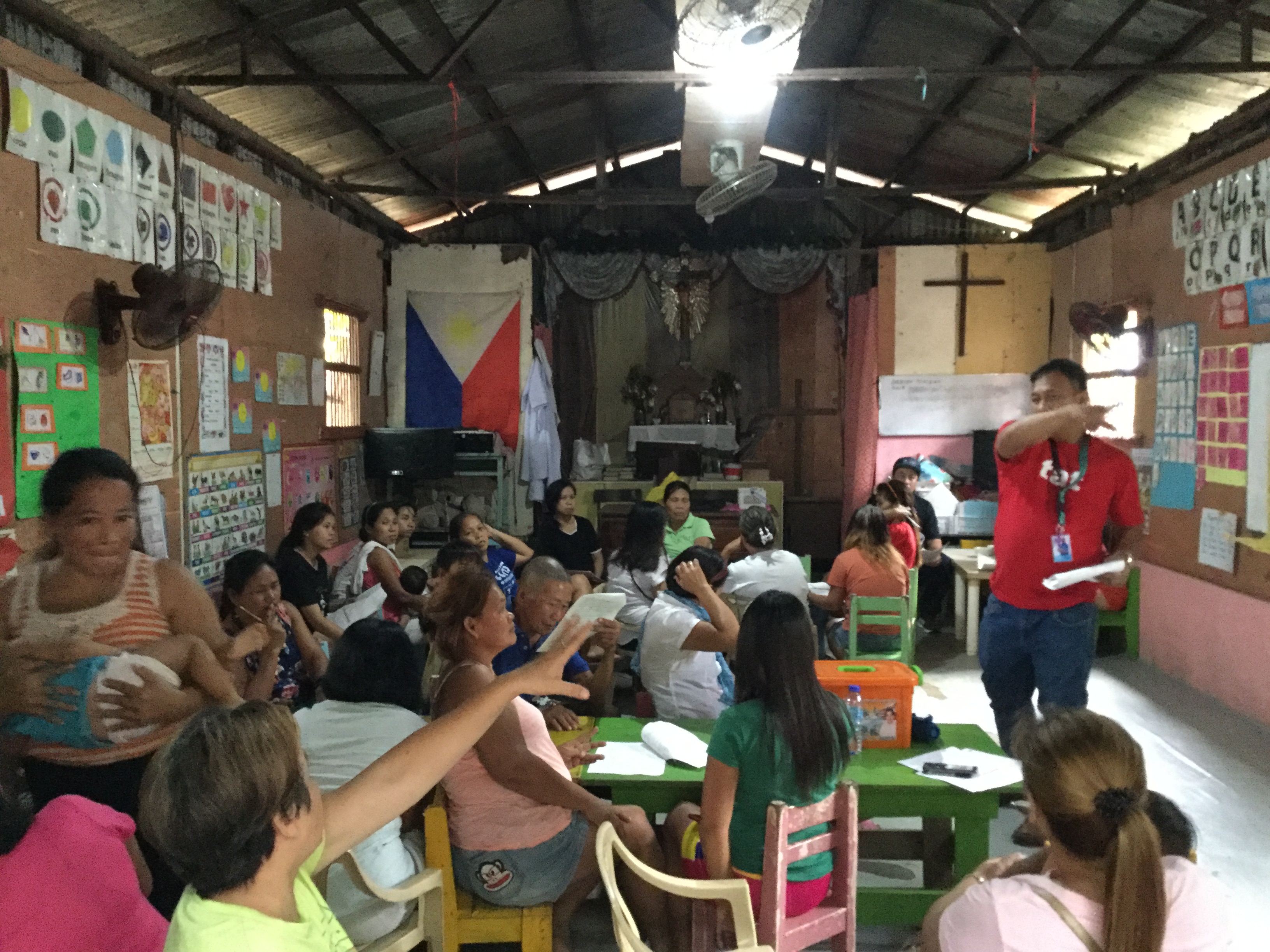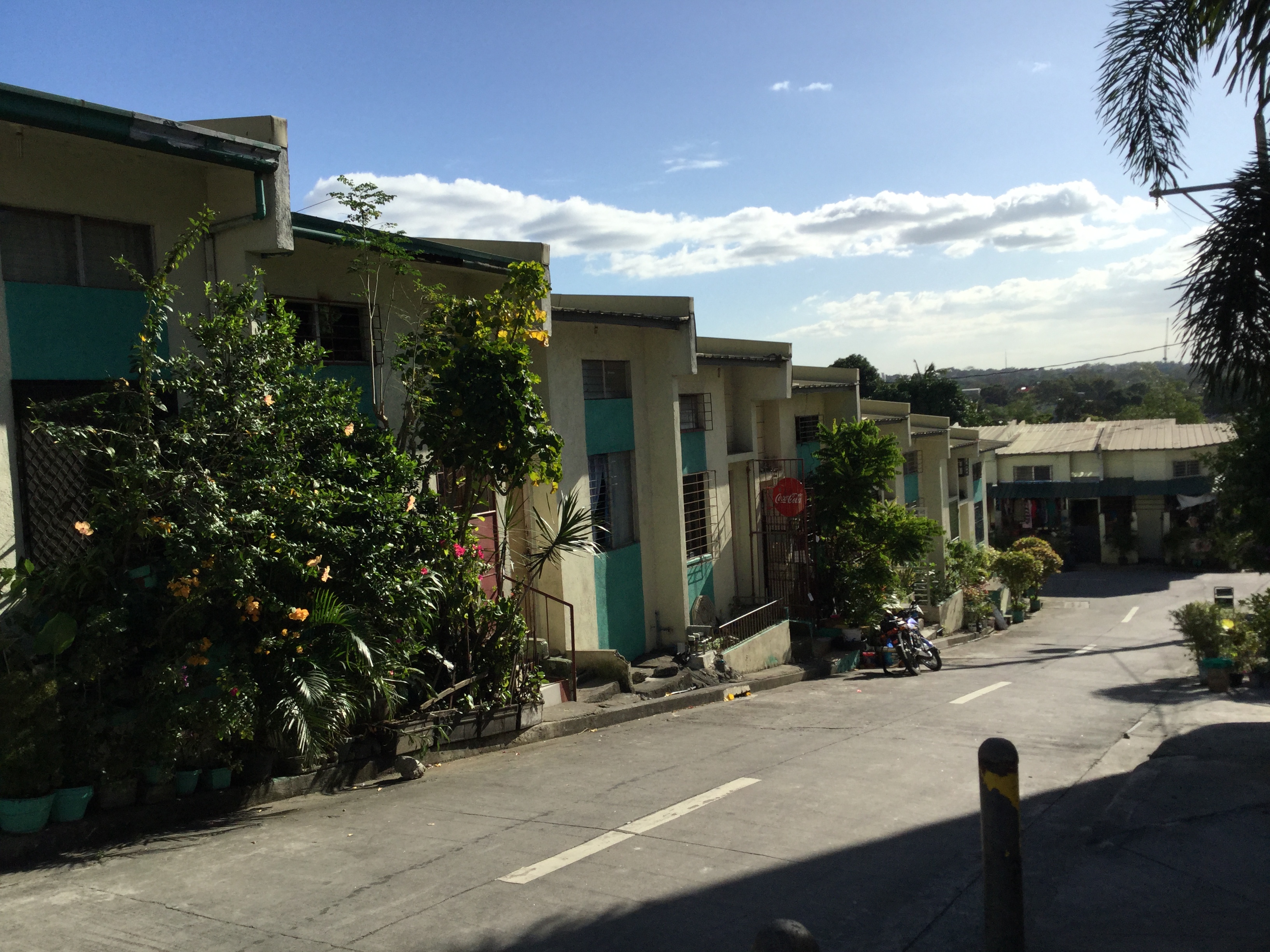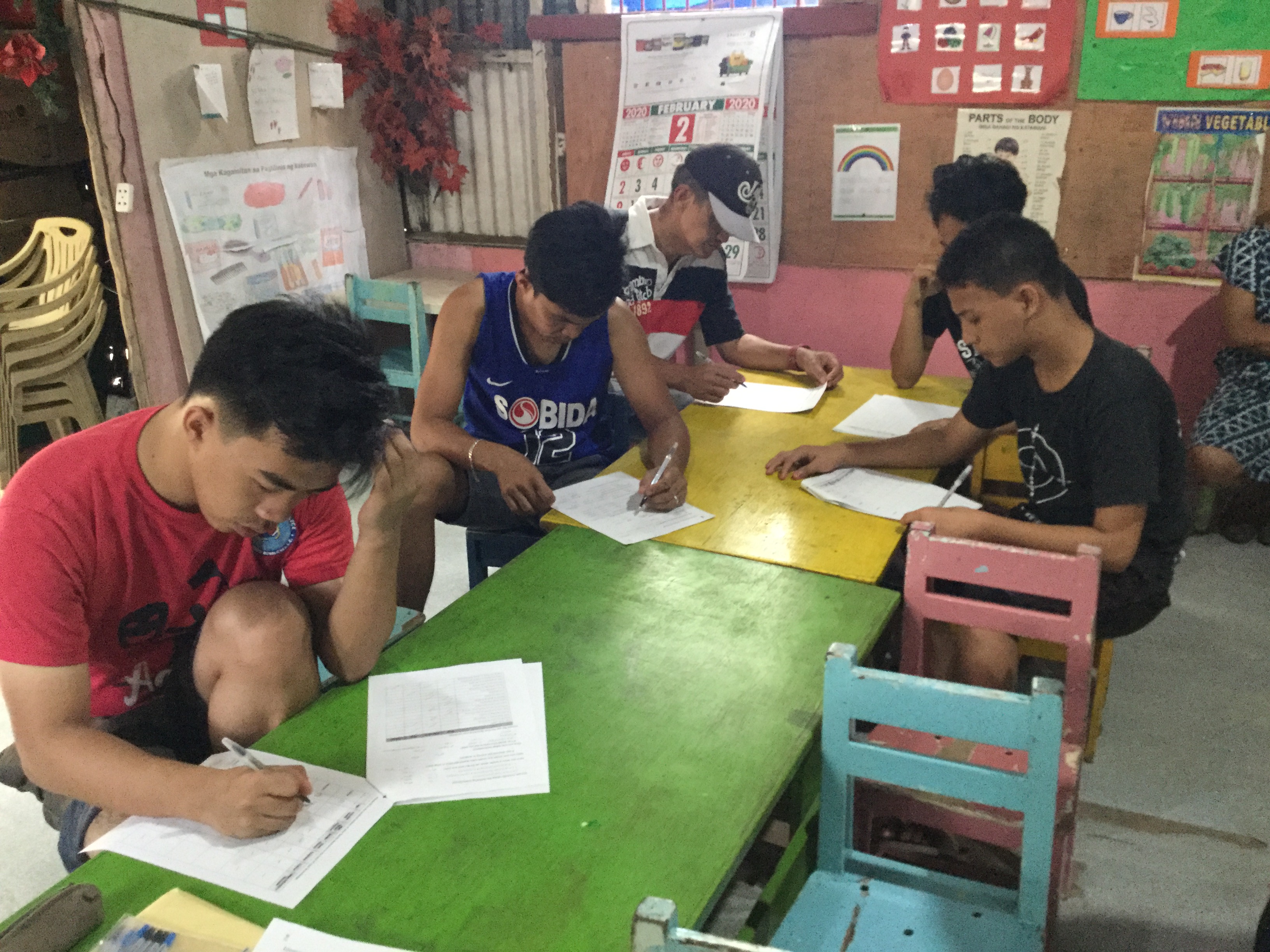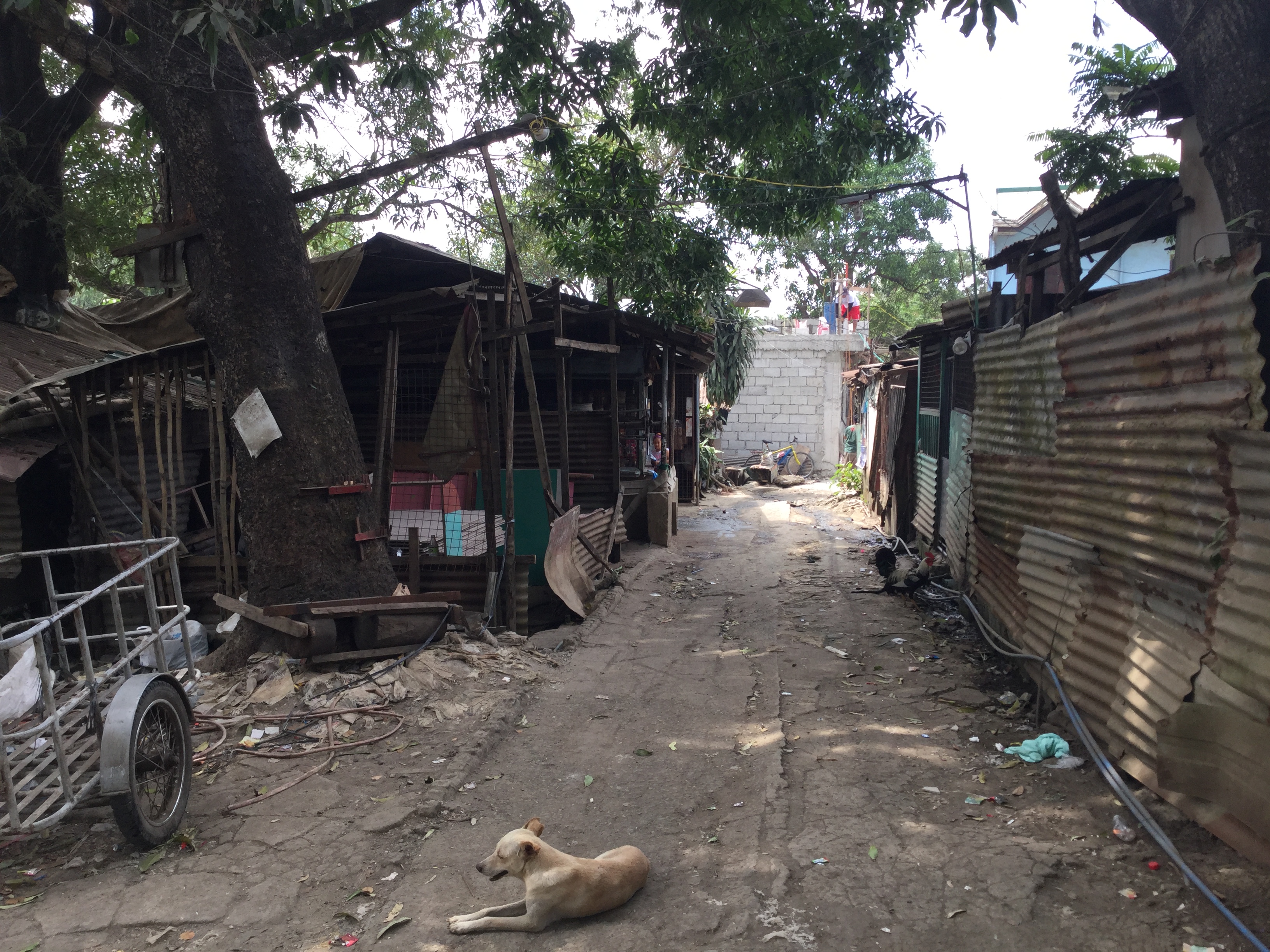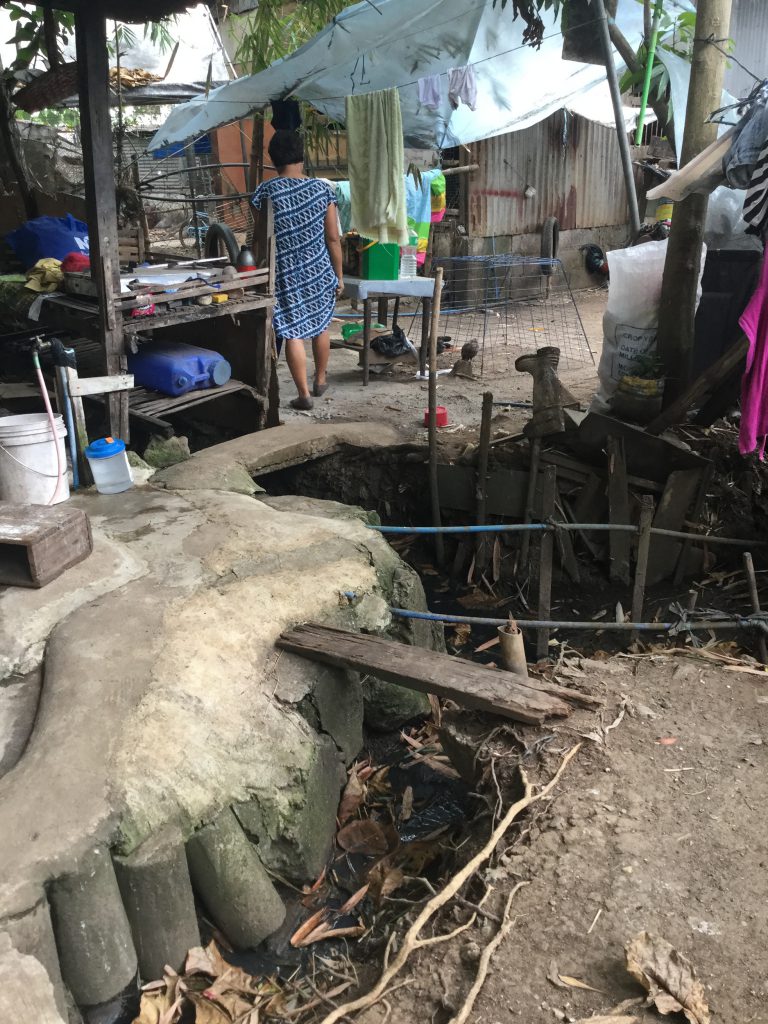Details of the Initiative
What do you feel when you hear the prevailing slogan “Stay Home”?
Is “home” a place where everyone can rest and relax? Can we take it for granted without seriously thinking about the meaning of “home”?
I’ve been working with an international NGO, Habitat for Humanity, to investigate how built environment affects health conditions of low-income people. In Manila, the capital of the Philippines, many people live in substandard (often informal) settlements. Those settlements are usually overcrowded without enough access to basic infrastructure such as water and sanitation facilities. Amid the ongoing spread of COVID-19, large numbers of families have no choice but to gather in poorly ventilated rooms and it is not that easy for them to conduct common hygiene practices like washing hands.
The research that I’m engaged in shows that, in addition to conventional communicable diseases, the prevalence of non-communicable, lifestyle-related diseases such as hypertension has become further pronounced in such settlements. One of the main reasons behind this is the lack of space where people can play and rest freely and safely.
Our health is greatly influenced by the surrounding building environment. Therefore, creating and defending physically secured space to live is a critical part of achieving multiple SDGs’ goals, for example Goals 1, 3, 6 and 11.
Why don’t we take this as an opportunity to start discussing what “home” is?
